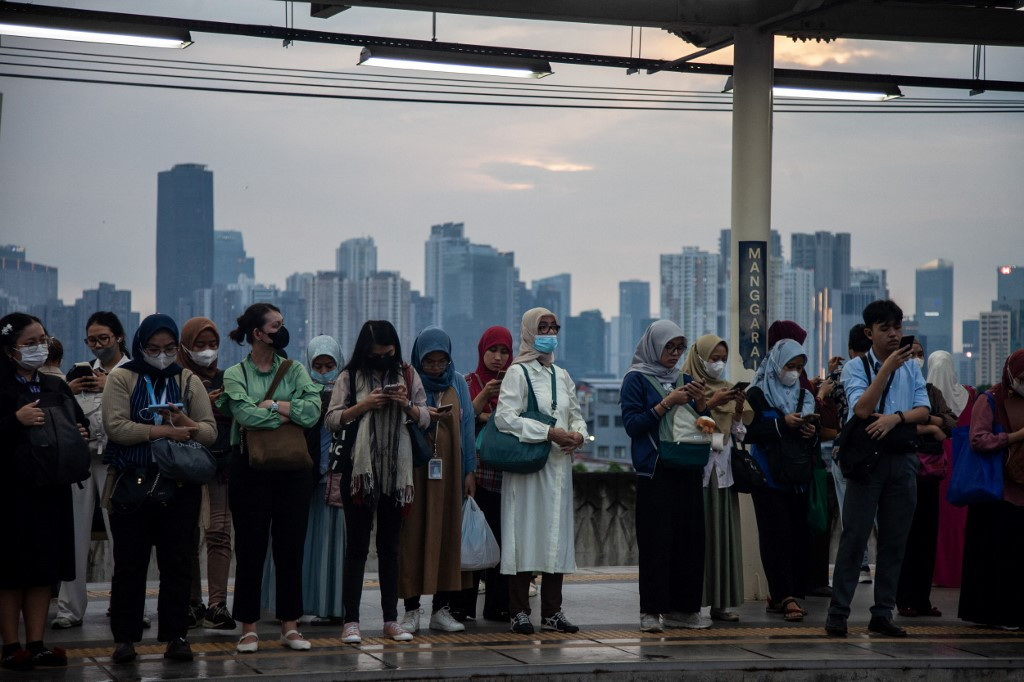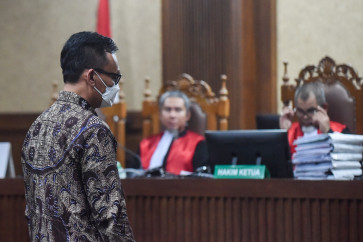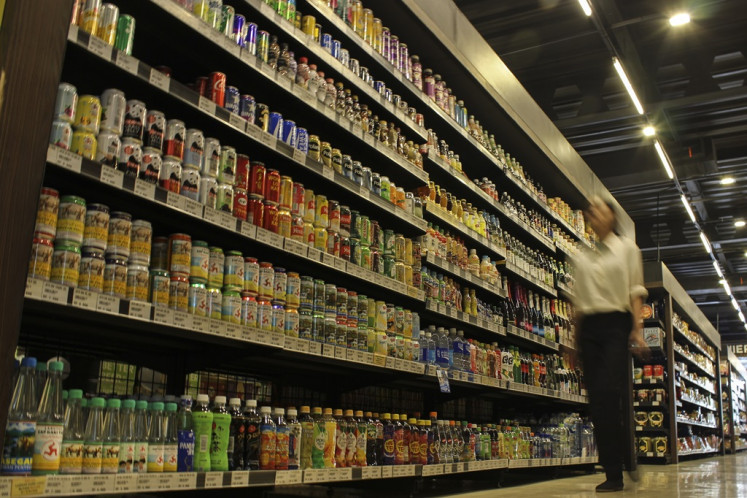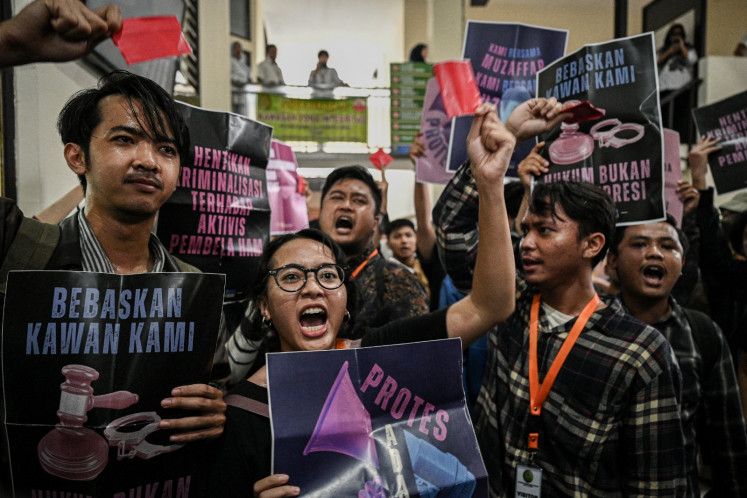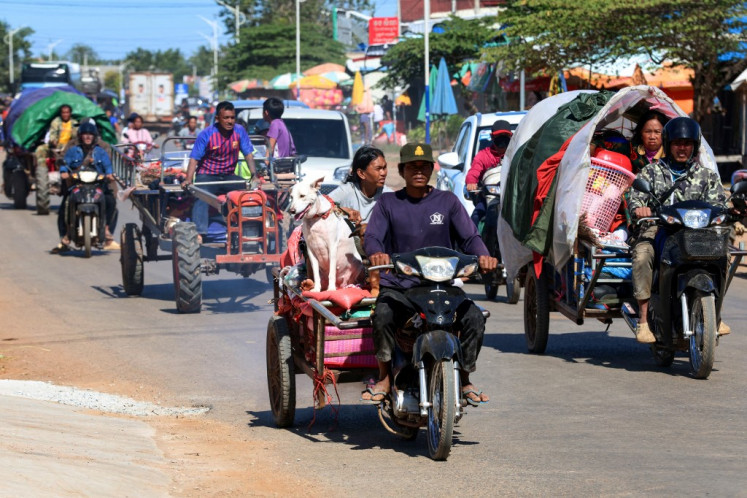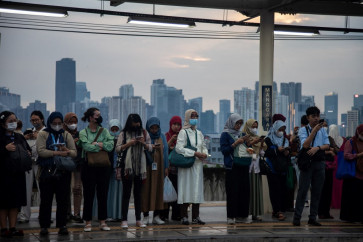Popular Reads
Top Results
Can't find what you're looking for?
View all search resultsPopular Reads
Top Results
Can't find what you're looking for?
View all search resultsIncreasing nontaxable income to boost middle-income spending
Economic conditions now are strikingly different from when the nontaxable income amount was determined nine years ago.
Change text size
Gift Premium Articles
to Anyone
T
he idea of raising the nontaxable income threshold (PTKP) has reemerged amid an economic slowdown and weaker consumer spending, driven by the financial pressures on the middle class, including inflation, stagnant incomes, job displacement and worsening financial insecurity.
This doldrum is further confirmed by Bank Indonesia, which has decided to slash its economic growth forecast to a range of 4.6 to 5.4 percent (compared with 4.7-5.5 percent previously), citing weaker global growth and slower-than-expected performance in the year's first quarter.
But the question is, would the increase of PTKP help boost our weakening domestic economy? Will it become a quick panacea for the spending of our middle-income population that supports the overall economy?
To answer that, let us go back to the origin of PTKP. The nontaxable income known as PTKP in Indonesia was last updated in 2016 under the Regulation of the Finance Minister (PMK) No. 101/2016. This regulation sets the basic nontaxable income for single workers at Rp 54 million (US$3,250) annually. And subsequently, increasing by an additional Rp 4.5 million for married couples and another additional Rp 4.5 million for each dependent up to a maximum of three dependents.
Now, the question is whether the latest PTKP amount is still up to date and relevant, in the face of current looming inflationary pressure and weak middle-income purchasing power.
For the last nine years, there has been no increase in the nontaxable income despite the increase in overall prices and cost of living. Some would argue that the latest nontaxable income of Rp 54 million annually or Rp 4.1 million monthly is still reasonable as compared to the latest Regional Minimum Wage (UMP) for workers.
For example, the monthly UMP in Jakarta has increased from Rp 3.10 million in 2016 to Rp 5.39 million in 2025. This means that over the last nine years, the minimum wage has increased cumulatively by 74 percent. This reflects the hike in the prices of basic necessities, not including some high-inflation items such as education, tertiary items, etc.

